
31 Aug It’s All Ruined! Puno to Cusco – Peru
Puno is a great introduction to Peru. The main city on the Peru side of Lake Titicaca, Puno thrives with local activity in the main square, at the market and on the streets. Being quite similar in culture and lifestyle to western Bolivia, we didn’t notice many differences of being in a new country, but one thing that stood out was the people. The Peruvians were overly friendly to us, very chatty, full of smiles and eager to try out some English on us. We liked them instantly. On the main avenue in Puno, we had our first alpaca steak, a thin but juicy, low fat meat we couldn’t get enough of, and tried the Peruvian version of pisco sour cocktails we had previously in Chile. Good food, good people, good drinks…good country!
Train from Puno to Cusco – Peru
The train journey from Puno to Cusco was said to be spectacular, with ten hours of great scenery. And yes, the scenery was inspiring, with isolated farmlands, snowy peaks and villages of waving children. But it was the train itself that really impressed us as we sat in our booth with our new English friend Jon, eating a fancy lunch at our table, watching traditional dancers and singers go up and down the aisle, and being brought beers from the friendly black-tie waiters. And we were only in the backpacker class…you can only imagine how luxurious the service might be in the higher class carriage! The entertainers played drums and pan flutes, a beautiful sounding instrument, and a white robed catholic priest sat across from us with his huge Bible, attracting devotees waving at his window at every small town. At each town, the locals stared up at us and we at them, and we felt very privileged for being on a train, for being able to travel.
Cusco – Peru
We felt even more grateful when we got to Cusco, a city that we could have stayed in for months. International restaurants, movie cafes, thriving nightlife and trendy locals reminded us we were in the 21st century, while walking amongst colorfully dressed native Quechua Indian women, white washed walls, cobblestone streets and ornate balconies, we felt like we’d stepped back in time. The Spanish colonial architecture of stone pillars, arches, fountains and grand cathedrals made us feel like we were in Spain, but the ancient Incan walls and ruins all around reminded us that Cusco used to be the capital of the Incan empire, the world’s biggest empire at the time. We absolutely loved Cusco and tried to do it all: local lunch in the grimy markets/gourmet lunch in an australian cafe, walking through Inca ruins/dancing in nightclubs. At La Casa Escondida hotel, we had a big comfortable room in an old mansion with a view, and at Pirwa hostel, we were right on the plaza, near the nightlife.
But most tourists come to Cusco for what lies beyond it: the Sacred Valley of the Incas and Machu Picchu, and we were no exception. We decided not to walk the famous Inca Trail, as 498 other people would also be doing it each day, and there are so many other Inca Trails and ruins to explore. The first day, we took Promotur’s day tour from Cusco into the Sacred Valley, a 100km long, steep-sided fertile river valley full of Incan ruins and agricultural terraces. In the town of Pisac, we visited unbelievable ruins and a huge market before continuing to Ollantaytambo, where more evocative ruins sit perched above a quaint little town. We sat at a cafe in the town square over beers, playing cards with local children before taking a late train to Machu Picchu Pueblo. Otherwise known as Aguas Calientes, this is the closest civilization to Machu Picchu and caters to tourists with dozens of cafes, shops and hotels. We stayed in Las Rocas the first night, a simple place near the good restaurants, and the staff made sure that we got up at the crack of dawn to get to Machu Picchu, then at Gringo Bill’s Hostel the second night, where we could relax in the spacious hostel after our day at the ruins.
Machu Picchu – Peru
After a windy bus ride from Aguas Calientes up the mountain, we arrived at Machu Picchu at 6:30am and had a good four hours to explore before the bigger tourist masses arrived. Miguel, our guide for two hours, took us around to each area, teaching us about Incan culture in great detail. He was clearly very proud of his ancient heritage, one where no man owned land, as the land only belonged to Mother Earth. Brad and Jon climbed up to the top of Huayna Picchu mountain peak, a gruelingly vertical hour climb, while Bex wandered through the ruins’ mazes. As for the ruins of Machu Picchu themselves, how can we possibly explain? No matter how many times you see the photos, postcards and brochures, it still knocks you back when you see it in person. And after sitting amongst it’s ruins after four hours, you are still in a state of awe. In a time of no machinery, these grand temples and ancient cities were built by the Incas. Glassless windows were made to line up with the sun’s position on the winter and summer solstice and rooftop rock ‘sundials’ served as calendars. Using only sand, water and sun, massive stones and rocks were smoothed and shaped to have interlocking grooves and trapezoidal shapes to withstand earthquakes. Although these massive stones could only be moved using smaller rounded rocks as wheels and ropes for leverage, the Incas built these structures as high up the side of a mountain as you could possibly imagine. And although they are called ruins, many of these structures are still amazingly intact today. They’re not all ruined! So we tourists can huff and puff up the mountains into the clouds at 3000 meters to try and imagine what life was like back then…
Puno, Cusco, Machu Picchu, Peru Travel Tips:
**Yes, another altitude tip: If you fly in to Cusco from sea level, plan to do nothing for two days while you adjust to the altitude! We were already adjusted to the altitude from traveling through Bolivia and we were still winded from all the hills. The climbs around town and especially in the ruins are very steep.
**Always ask to see the ‘tourist menu’ in restaurants around Peru. For less than the price of one dish, you’ll have your choice of appetizer and main course, plus dessert and drink. Usual price: about US$3.
Rebecca Rasmus – Written in 2004 – Peru


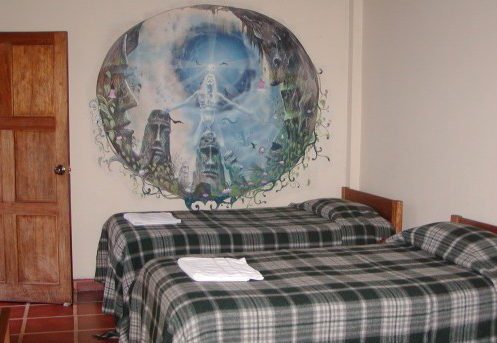
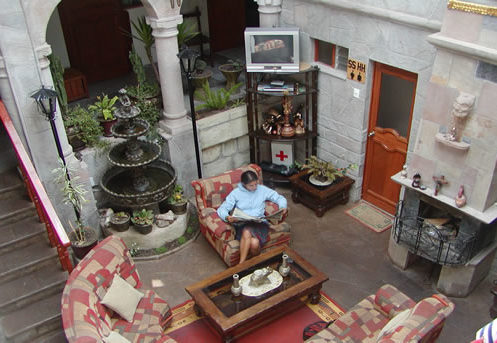
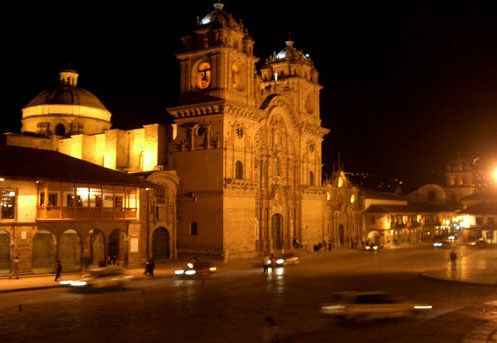
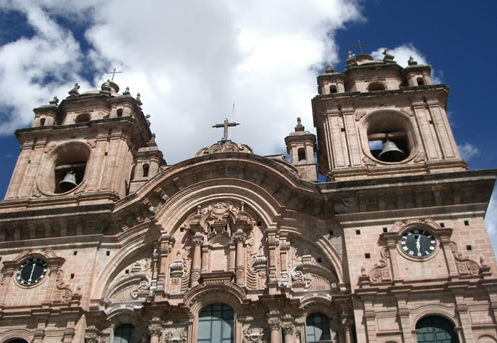
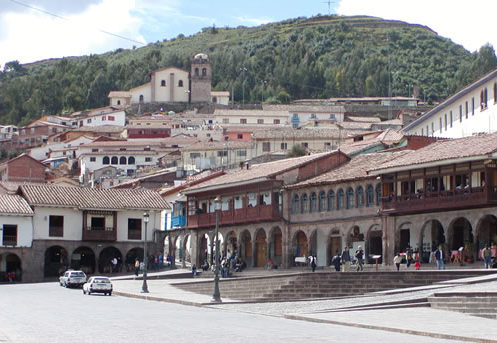
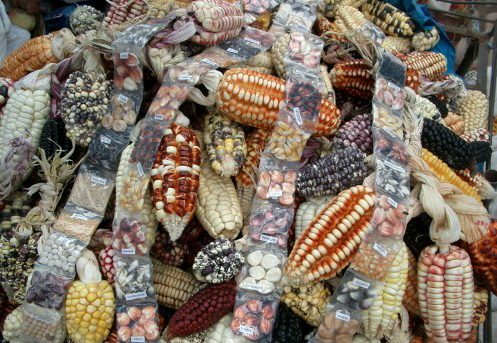
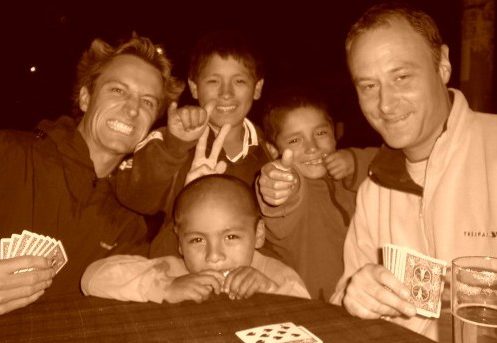
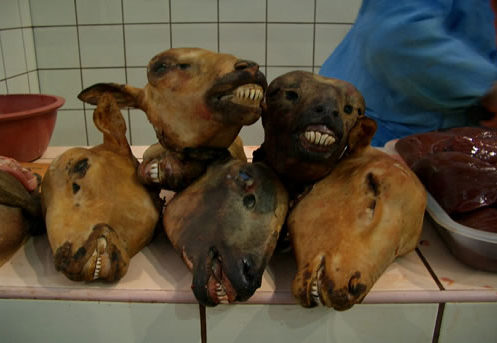
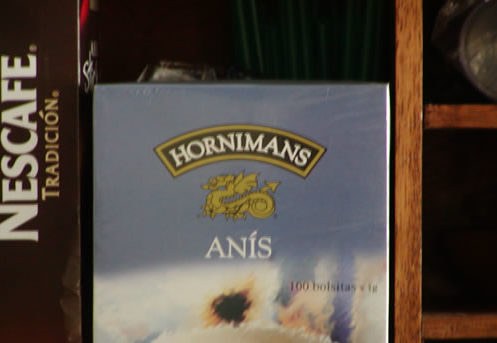
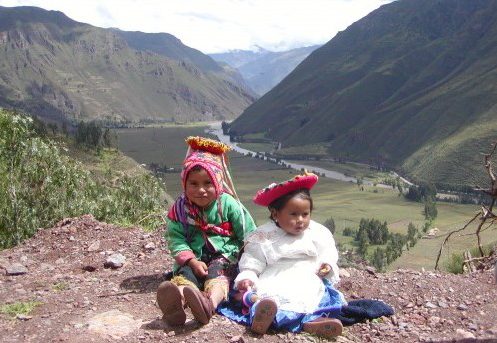
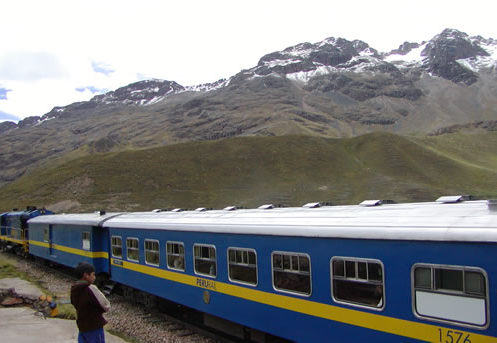
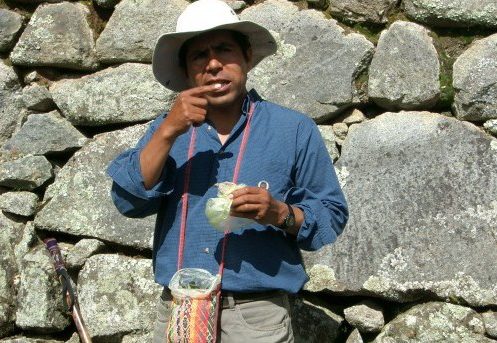
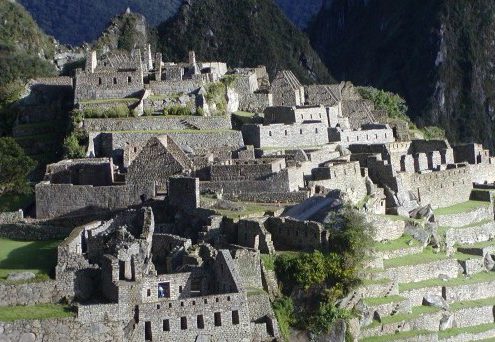
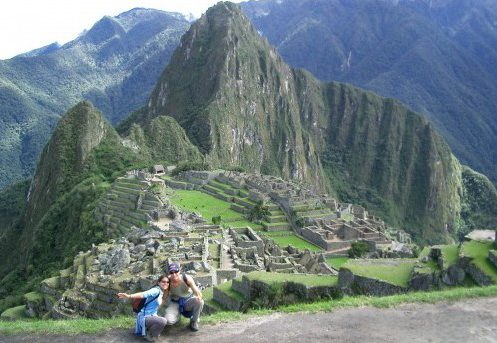
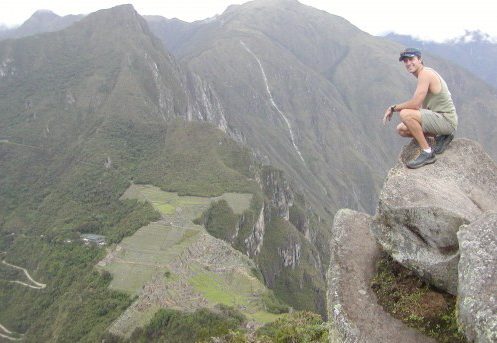
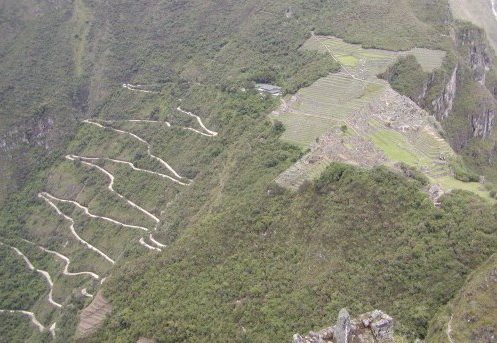






No Comments